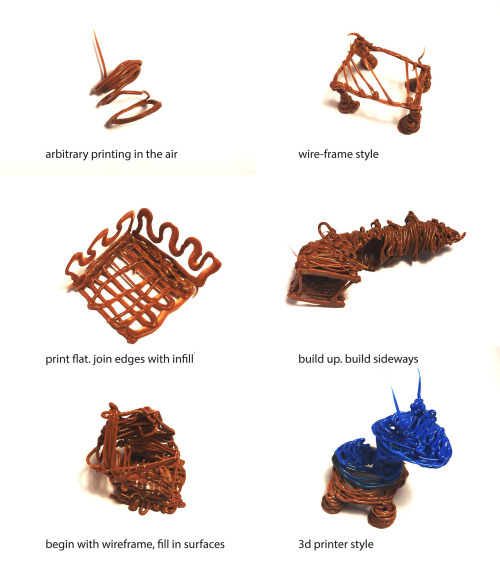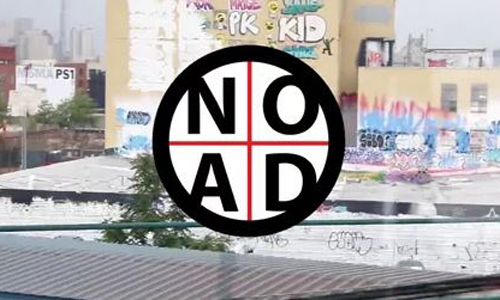PROJECT UPDATE
Smart 3D Pen Research
“FreeD” by Amit Zoran. 2013
Amit references
“Haptic Intelligentsia” by Joong Han Lee. 2012
Amit uses magnets for 3D tracking. I found this website that appears to be a DIY. Maybe I can work on this for another project if the Leap works.
I was worried it wouldn’t so I did a lot of research on 3D magnet tracking, which is still an option maybe…maybe I’ll save it for another project. I’ll post some links just so people can see what I was thinking about if you’re interested.
DIY Magnet Tracker Sites
1 2 3 4 5
THE LEAP WORKS!
Pen over Leap
“NO AD” by PublicAdCampaign, The Heavy Projects and Jowy Romano (2014)
NO AD uses augmented reality technology to replace ads with artwork in realtime through your mobile device. The app will work with dozens of common ads and will be updated regularly with new content.
“Dragonstone” by Jolan van der Wiel. (2014)
I envision myself using some unpredictable-predictable type of material. Something like this next project’s play with material properties is particularly fascinating, as I have always been interested in new material applications.
Dragonstone | Jólan van der Wiel from Mir Motion on Vimeo.
Dealing with magnetic clay allows for a high level of unpredictability due to the complex inherent nature of clay, yet also has another level of predictability due to the magnetic properties. Knowing the behavioral limits allows for some aspect of the fabrication to happen naturally without interference, such as the way the clay falls out, but it happens within boundaries so that the designer can control the general shape.
Can I get some advice from you guys on what I could do? It doesn’t have to be cymatics, necessarily. I think I was interested in cymatics for reasons like I mentioned above, where there is a level of control and un-control. A compromise between the natural effect and the designer’s intentions. However, I feel unhappy with the limitations of my project on what I’m imagining it could “be”, and a performance installation for a concert isn’t what I really want.
My one sentence description would be something more like:
Compromising the designer’s control with the unpredictable nature of [??a material??] accomplished by implementing [??a hybrid instrument??]
“Computer Augmented Craft” by Christian Fiebig. (2012)
Computer Augmented Craft – Christian Fiebig from The Machine on Vimeo.
This kind of intelligent learning used to aid in the design process is what I was really interested in when deciding to pursue tangible interaction design. I want to design a design process. I want to design a tool that aids in the design process.
“Augmented Materiality” by Greyshed. (2014)
Augmented Materiality from greyshed on Vimeo.
Here is another project that has very successful research results for augmented prototyping using wax, yet another predictable-unpredictable type of material. Maybe I can work with wax? I have worked with it before with water.

